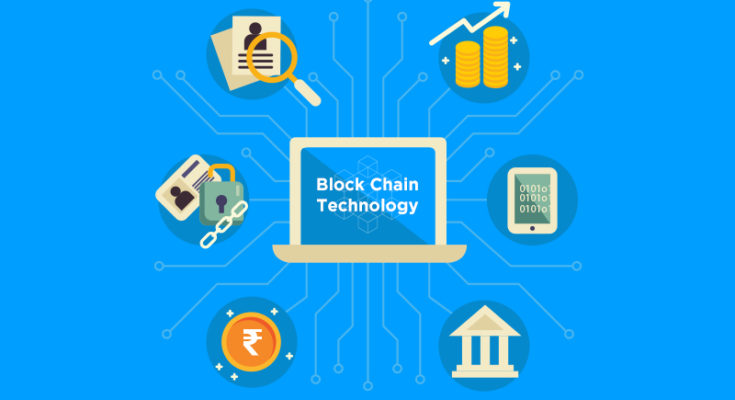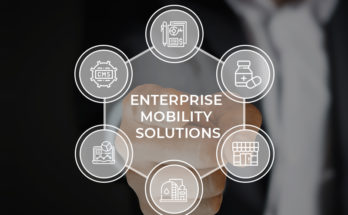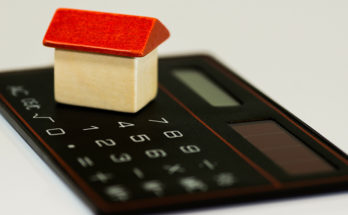Conventional microfinance
This decade has witnessed the rise of fintech and other technology based lending institutions looking to disrupt the traditional financial inclusion by offering micro lending solutions and encouraging peer to peer lending. This new sector heavily relied on the India 1 and India 2 user base which largely consisted of villages and other rural areas.
In this form of micro lending, there were multiple organisations involved which catered to technology, people management, and loan recovery, hence making the process of disbursing loans and recovering them more expensive and time taking.
Role of blockchain and smart contracts
Blockchain acts as a trustless layer for operations in this whole process of microfinance, thereby eliminating the need for multiple players for the execution of a single transaction.
The Blockchain is a network of nodes working together to execute smart contracts based on a consensus mechanism opted for.
With blockchain, lenders can execute fund transfers using smart contracts and the recipients of the loan will have access to instant funds without the involvement of middlemen almost immediately. What’s the catch? Nothing, the smart contract will have the information of the lender and the lendee and this transaction will be executed when all the requirements of that smart contracts are met.
How can smart contracts disrupt loan recovery:
Let us imagine a business correspondent who caters to 10 villages in the state of Bihar. As a Business correspondent, he collects all the cash from the lending institution, heads to his branch, inputs the details of the inflow of money, then heads to applicants and hands-over the cash to them.
When the first payment or the 15th payment has to be executed, the applicant takes the cash and hands it over to the BA which is then logged in the BA’s files and only later does it reach the lending organisation.
This process is time taking, prone to human error and involves multiple steps. These can be eliminated by efficiently deploying smart contracts for loan recovery. When it is time for repayment, a smart contract is triggered, when all the checks are satisfied, it automatically executes loan recovery functions and this transaction gets recorded in all the nodes of the blockchain’s network. Thus making it transparent, cost-effective, and this record can also help by proving as a credit record for the applicant in the grand scheme of financial inclusion of the 600,000 villages in India.





